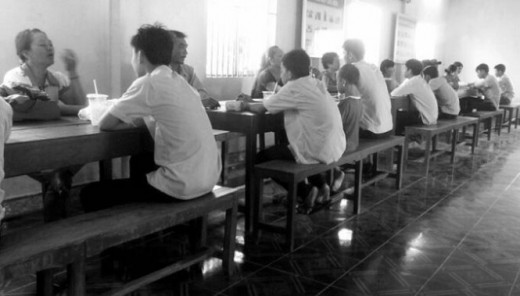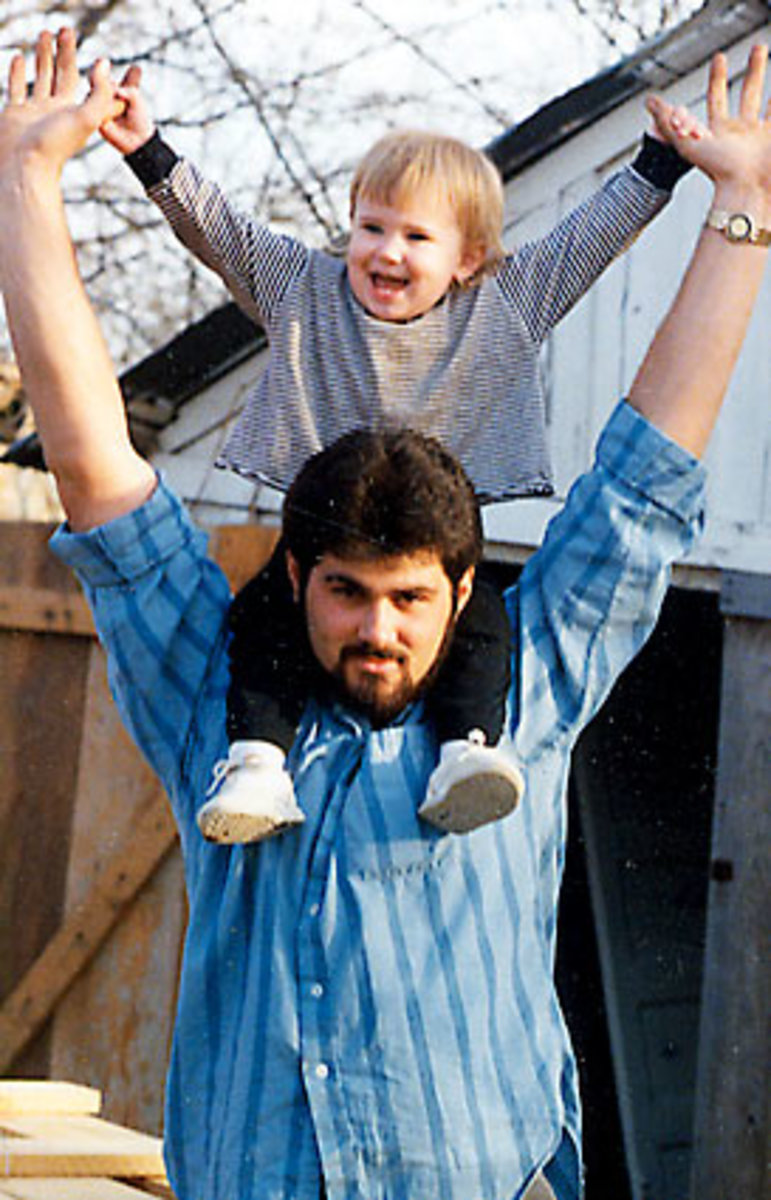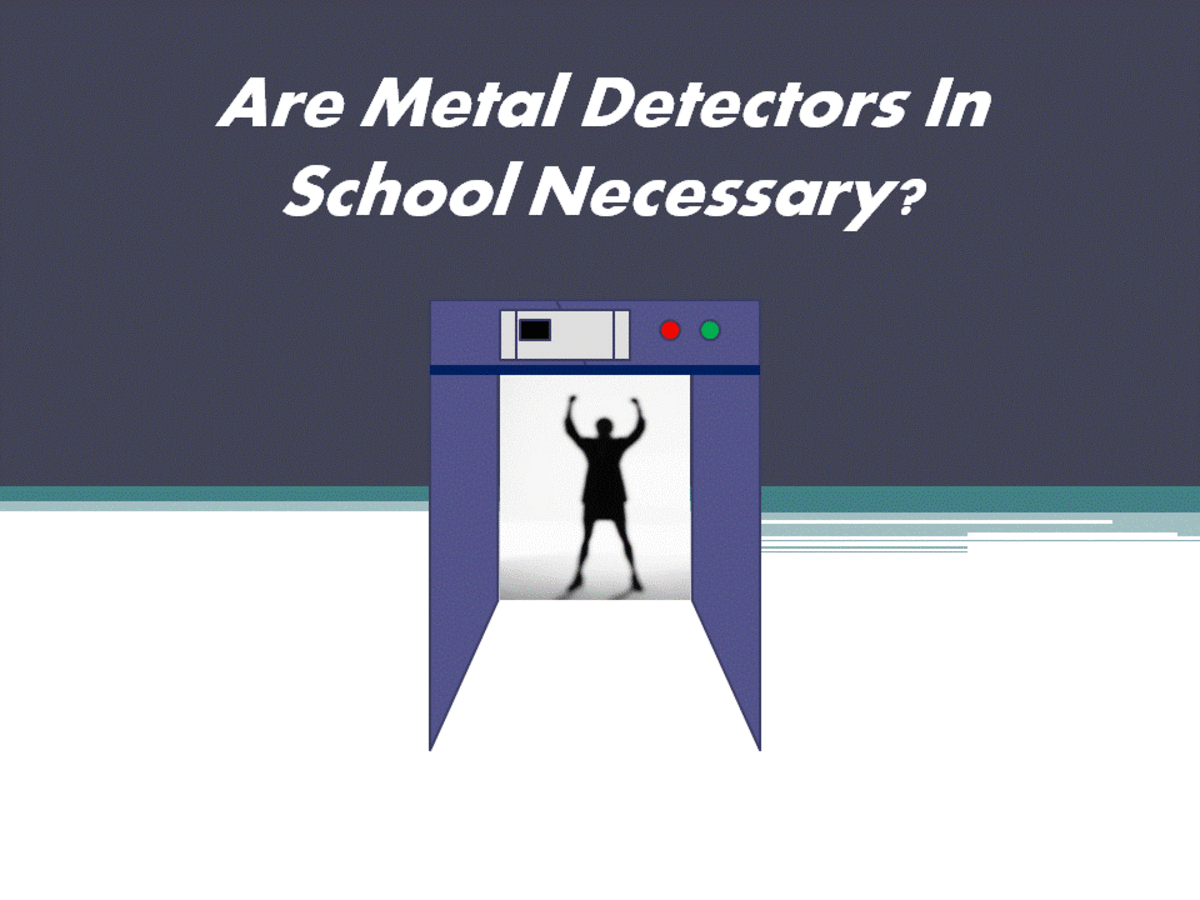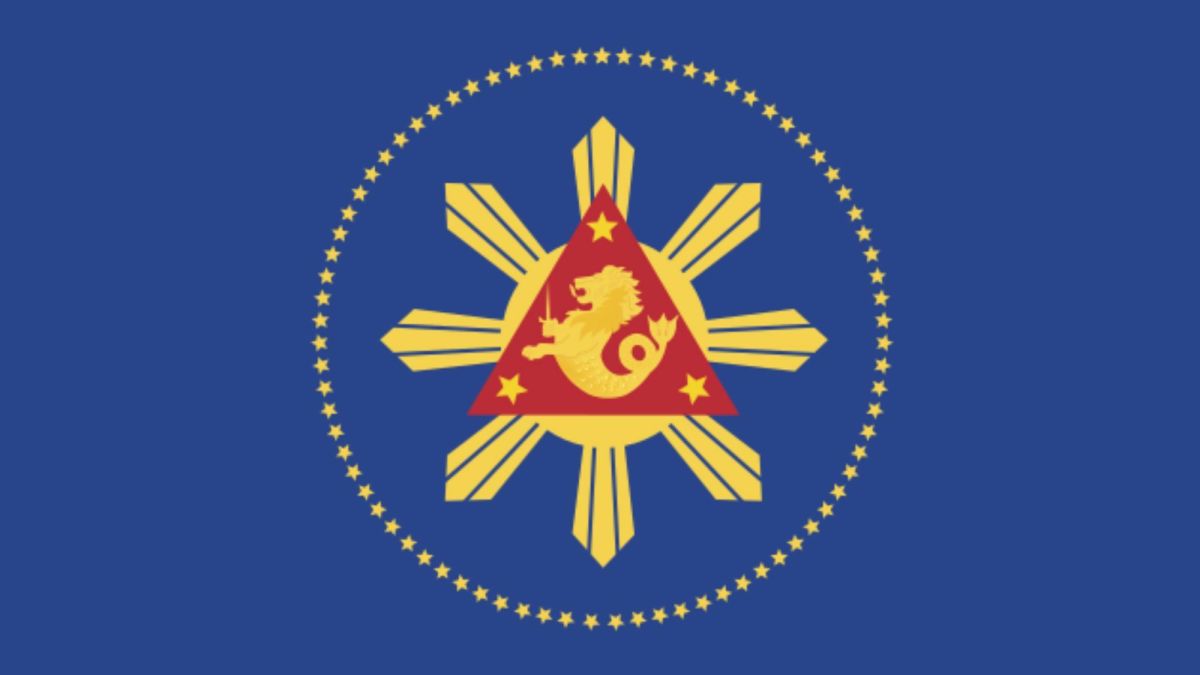Restorative Justice - an Approach to School Violence

Restorative justice or punishment justice?
Recently, there have been a series of school violence in Vietnam. Many people on social networks are calling for the heaviest punishment for five students who beat and strip clothes of a 9th-grade school girl: "one-year imprisonment", "permanent expulsion", "need to be sent to reform school", "criminal prosecution ", Etc. The "tit-for-tat" type of publicity now does not exclude anyone, even though the offender is only children.
Comments on social networks seem to be based on the assumption that there are no possible educational measures for these children. This is also how the public often responds to serious crimes that are reserved for adults. One commenter in Nguoi Lao Dong newspaper reported that: "The five criminals and their parents need to experience the cruelty of them for the girl." They believe that a new punishment can solve the problem, and to deter the spoiled children and return justice to the victims.
Instead of recognizing that children who make mistakes are irreplaceable, there is another approach that recognizes the party that made the mistake is also a victim, and they also need support. This approach is called restorative justice.
Focus on reconciliation and remedial action instead of punishment
Prison Fellowship International, a non-profit organization, founded in 1979 and operating in 129 countries, defines restorative justice as a theory of justice that emphasizes overcoming consequences in criminal cases. The process of meeting between parties (victims, offenders, their families and related communities in the case) plays a key role.
The priority of restorative justice is restoring the losses and injuries of the parties rather than seeking appropriate punishment for the offender, which is a favorite in retributive justice. For that reason, restorative justice is a frequently considered method in juvenile cases (less than 18 years old).
Restorative justice will see that the incident not only affects the students who are beaten but thinks that all five students, who made mistakes, also were hurt in the incident. Moreover, the friendships in class and with the teachers were cracked. The incident also affects the families of students in the incident, such as conflicts in their families.
Restorative justice will see all parties have been hurt in the incident, and each party needs to solve their problems.
Students who are beaten need to be apologized and compensated, receive medical care and receive psychological support. Students who made mistakes need to apologize, understand the consequences they have caused (children who are not yet mature are not fully aware of the consequences of what they do), and need to know how to bear appropriate responsibility for the incident. Families of faulty students should admit the shortcomings of their education to their children, apologizing and compensating the victims' families. The school needs to acknowledge its mistake and have a better plan to create a safe school, helping students and parents feel more secure after the incident.
This form does not evade punishment or neglect crime. In case of necessity, imprisonment penalties are still applied to isolate offenders from society. However, restorative justice focuses on the consensus of all parties in the case. Restorative justice can also be applied after the trial process to help both victims and perpetrators overcome the incident.
In contrast to punishment justice, restorative justice gives the initiative to all parties in the case. The result of the application of restorative justice is the consensus and satisfaction of the parties. Meanwhile, punishment justice focuses on the role of law enforcement agencies to enforce the law, such as applying the correct penalty framework for each specific offense.

Lessons from a real case
In 2017, my friend who is a lawyer received a child sexual assault that the culprit was an 8th-grade student. Whether accidentally or intentionally, this attorney's solution gave us a good experience in the application of restorative justice in conflict resolution for juvenile children and two families.
After the confession of the boy, the lawyer let the victim's family decide between two options: taking the case to court or letting her become the one connecting the two families in order to find a suitable solution. She took a long time to work separately with each family and always stood in the middle.
The victim's family is instructed about their rights in the case. They were also told the reason why the boy harmed his child and the consequences could occur if they forced him to go to reform school or try to pursue criminal responsibility.
The lawyer also talked a lot with the boy and understood why he harmed the girl. He was less interested in his parents, didn't have sex education, and imitated what he had secretly viewed online. The boy thought that if his behavior was not discovered he would continue to do it because he was not aware that it was wrong.
Through many working sessions with lawyers, the boy's family admitted his mistake when neglecting children. They know how the girls' family has collapsed after the incident and are willing to talk and compensate for the injuries their children have caused.
After the two families agreed on how to understand the incident, the lawyer arranged meetings directly between parents on both sides. The meeting helps the two families talk and find appropriate solutions. The boy's family apologized to the victim's family and asked for forgiveness.
The victim's family decided not to go to the boy's criminal prosecution, they just wanted the boy to admit his mistake and not repeat it again. The two sides agreed to a three-month challenge to educate the boy, if no satisfactory results were achieved, there would be heavier measures, including criminal prosecution. The boy's family must commit to spending more time with their children, allowing him to talk periodically with the lawyer - who is an expert in psychology and gender health - to observe the change of the boy.
After the two families unified the solution, the boy was called in and apologized to the victim's family and accepted the challenge and promised to become a better person.
Before choosing this solution, the lawyer investigated the severity of the case and respected the decision of the victim's family. This solution did not leave any damage to the boy and his parents as if the victim's family asked the authorities to intervene and the case was brought newspapers. The victim's family did not see the boy as a demon that needed to be punished. They gave him a chance to correct it and so far, they have not been mistaken.
Suppose that this case is brought into the court, the dialogue between the two families is very limited. Rigid measures of proceedings can further hurt the boy and his family.
For justice is no longer synonymous with "an eye for an eye"
In most cases, children aren't prosecuted for criminal responsibility and cannot to be under pressure when being investigated in an adult manner. Restorative justice can be considered as a form of education and restoration of traumatic parties.
Canada applies a restorative justice model for post-trial offenders, called Sentencing circles. Offenders along with their families, victims, victims' families and people in the community are invited to participate in dialogues with police, judges, lawyers, and prosecutors. The judge coordinates the discussion, helping the parties see the nature of the case. The conversations may last all day. Often, offenders will apologize to victims and pay damages, the victim's family will show sympathy and forgiveness to the offender.
Another model used in the town of Milton Keynes (UK) helps pilfers and shop owners can talk to each other. Polices invite representatives of shop owners in the area to talk to the pilfers. During these dialogues, the two sides were exchanged for reasons of stealing, how to choose that store to steal, how stealing affect employees, managers, customers and the possibility that small shops go bankrupt if they are constantly stolen. Young pilfers are encouraged to apologize and pledge not to repeat. These dialogues also help local communities do not consider them to be highly capable of stealing and not discriminate against them.
The way we treat children with mistakes is also the way we want to see children grow. Bad behaviors are not enough to affirm that a person is a bad person, especially for children. As Mahatma Gandhi once said: "An eye for an eye only creates a blind world."








